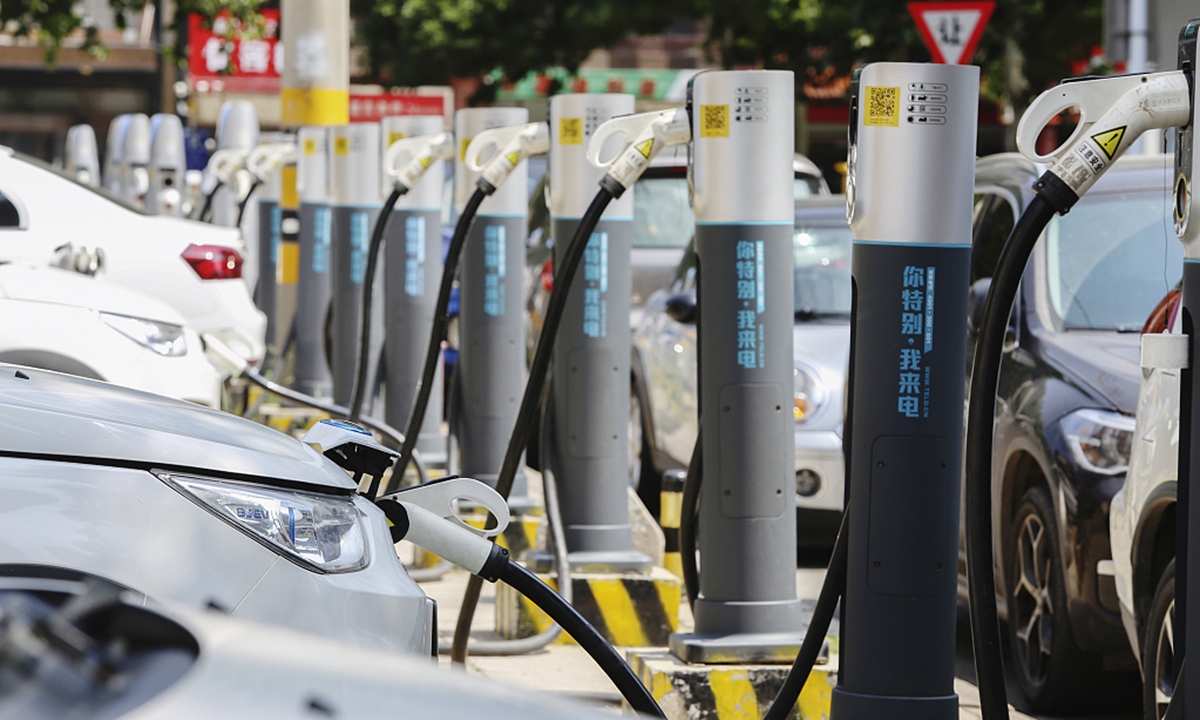The electric vehicle charging pile, or charging station, is a crucial component that directly impacts the charging experience and overall convenience. In this guide, we will explore the key factors to consider when selecting a Charging Pile that aligns with your needs, ensuring a seamless and sustainable charging experience.
Consider Your Charging Needs
a. Home Charging: For EV owners, having a Level 2 charging pile at home is a convenient and cost-effective option. Consider the charging speed, compatibility with your vehicle, and the ease of installation.
b. Workplace Charging: Employers looking to support their employees with EVs can install workplace charging piles. Assess the number of employees with EVs, the charging speed required, and the availability of dedicated parking spaces.
c. Public Charging: Public charging piles are essential for those who rely on their EVs for daily commuting. Evaluate the charging infrastructure in your area, including the distribution of Level 2 and Level 3 charging stations, and choose a pile that aligns with your travel patterns.
Charging Speed and Power Output
The charging speed of a pile is a critical factor in determining how quickly your EV can be charged. Before making your selection, ensure you consider the power output measured in kilowatts (kW) or voltage and amperage. Note that higher power outputs result in faster charging times, but it’s essential to ensure compatibility with your vehicle’s charging capabilities.
Network Compatibility and Accessibility
Choose charging piles that are part of established charging networks, ensuring widespread accessibility and ease of use. Consider the compatibility of the charging pile with your EV’s charging port and the availability of mobile apps or RFID cards for seamless payment and monitoring.
Charging Costs and Payment Options
Evaluate the cost structure of the charging pile, which may include flat fees, per-kilowatt-hour rates, or subscription plans. Choose a charging pile with transparent pricing and flexible payment options. Some charging networks offer membership programs that provide discounted rates for frequent users.
Reliability and Maintenance
Opt for charging piles from reputable manufacturers or service providers to ensure reliability. Research customer reviews, warranty information, and the maintenance policies of the charging pile to make an informed decision.
Future-Proofing Your Investment
Consider the evolving landscape of electric vehicle technology and infrastructure. Choose a charging pile that supports firmware updates, is compatible with emerging charging standards, and has the potential for scalability to accommodate future advancements in EV technology.
Environmental Considerations
Select charging piles that prioritize sustainability. Some charging stations utilize renewable energy sources, contributing to a lower carbon footprint. Additionally, consider the materials used in the manufacturing of the charging pile and their impact on the environment.
Installation and Space Requirements
Assess the installation requirements of the charging pile, including electrical capacity, space considerations, and any necessary permits. Ensure that the installation process aligns with your property or facility’s specifications.
Conclusion
Choosing the right electric vehicle charging pile involves a thoughtful evaluation of your charging needs, compatibility with your vehicle, charging speed, network accessibility, and long-term sustainability. By considering these factors, you can make an informed decision that enhances your EV ownership experience and contributes to the growth of a robust and accessible charging infrastructure. As electric vehicles become increasingly integral to our transportation landscape, selecting the right charging pile is a forward-looking investment in the future of clean and sustainable mobility.

